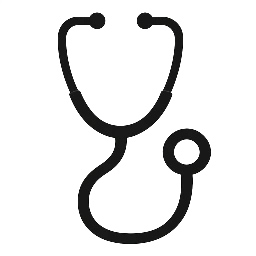· Two or less defecations per week.
· At least one episode of fecal incontinence every week.
· History of retentive posturing or chronic retention of volitional stools.
· Past history of painful or difficult bowel motions.
· A bulky mass of feces in the rectum.
· History of large stools that can clog a toilet.
· Symptoms that are unexplained by another underlying condition
List possible physiologic and psychosocial factors related to encopresis
Physiologic
Psychosocial
1. Chronic constipation leading to fecal retention
1. Toilet training conflicts
2. Neurological disorders affecting bowel control
2. Stressful life events (e.g., divorce, relocation)
3. Dietary factors (low fiber intake)
3. Emotional disorders (e.g., anxiety, depression)
4. Hypothyroidism or metabolic disorders
4. History of abuse or neglect
5. Gastrointestinal motility disorders
5. Social stigma and embarrassment (Yilanli & Gokarakonda, 2023)
Table 2
Neonatal Jaundice
Jaundice Appears
Jaundice Disappears
Peak Bilirubin Concentration (days)
Diagnostic Studies
Management and Prevention
Physiologic
After 24 hours
By 1–2 weeks
Days 3–5
Total serum bilirubin (TSB), direct Coombs test
Frequent feeding to promote bilirubin excretion; monitoring bilirubin levels
Full-term
After 24 hours
By 1–2 weeks
Days 3–5
TSB, transcutaneous bilirubin measurement
Phototherapy if bilirubin levels exceed thresholds; ensure adequate hydration
Premature
After 24 hours
By 2–3 weeks
Days 5–7
TSB, reticulocyte count, blood type testing
More vigilant monitoring; phototherapy initiated at lower bilirubin levels; possible exchange transfusion in severe cases

Leave a Reply